Facial aging refers to the natural and gradual process of changes in an individual’s facial appearance over time. These changes can include the development of wrinkles, fine lines, sagging skin, and other characteristics that are often associated with getting older. Facial aging is influenced by a combination of intrinsic and extrinsic factors, and it can vary from person to person.
As we traverse the pages of time, our skin undergoes a transformation, bearing the imprints of various factors. Here are some of the primary causes and factors contributing to facial aging:
1. Genetics: The Predisposed Script
Our genetic makeup plays a pivotal role in determining the pace and nature of our facial aging. While we cannot rewrite our genetic code, it certainly pens a significant portion of our aging story. Some individuals are genetically predisposed to age more slowly or quickly, which affects the overall rate of age-related changes in the face. Genetic factors also contribute to the distribution of collagen and elastin in the skin, which affects its elasticity and resilience.
2. Sun Exposure: The Relentless Adversary
Perhaps the most formidable adversary in the aging process is sun exposure. Prolonged contact with ultraviolet (UV) radiation from the sun accelerates age-related skin changes, a phenomenon aptly named “photoaging.” UV rays permeate the skin, damaging collagen and elastin, the vital proteins responsible for maintaining the skin’s firmness and elasticity. The outcome of this degradation is the emergence of wrinkles, age spots, and sagging skin. To protect against this relentless adversary, the daily application of sunscreen is akin to armor for the skin.
3. Gravity
Gravity, an omnipresent force, exerts a significant influence on facial aging. Over time, it gradually tugs at our skin and the underlying tissues, causing sagging and a loss of firmness. This effect becomes increasingly apparent as we age. This results in sagging cheeks, a less defined jawline, wrinkles, and a loss of youthful facial contours. Understanding gravity’s role in facial aging is essential for implementing effective anti-aging strategies.
4. Loss of Collagen and Elastin
The loss of collagen and elastin, vital proteins in the skin’s matrix, is a significant factor in age-related facial changes. Collagen provides structural support, while elastin ensures skin elasticity. As these proteins diminish with age, the skin loses its firmness and the ability to bounce back. This results in sagging, wrinkles, and a less youthful appearance. Understanding this process is essential for effective anti-aging solutions.
5. Facial Expressions
Facial expressions are a unique factor in facial aging. Repeated muscle contractions while smiling, squinting, or frowning can lead to the development of wrinkles and fine lines, often referred to as dynamic wrinkles. These expressions become stable over time. They contribute to the narrative of our lives, marking our moments of joy, contemplation, and introspection.
6. Sleep Habits
Sleep habits play a crucial role in facial aging. Inadequate sleep can result in increased stress hormones, which can break down collagen and elastin, leading to premature aging. Additionally, poor sleep can result in puffy eyes and dark circles, further contributing to an aged appearance. A regular, healthy sleep routine is essential for maintaining youthful skin.
7. Hormonal Changes
Hormonal fluctuations, especially in women during menopause, can lead to changes in skin thickness and hydration, which can contribute to facial aging. Estrogen and testosterone, in particular, influence collagen and elastin production, which are essential for skin firmness and elasticity. Understanding the role of hormonal changes is essential for addressing age-related body concerns and maintaining a youthful appearance.
8. Dehydration
Inadequate hydration leaves the skin dry and less resilient. When the skin lacks moisture, it becomes more prone to fine lines and wrinkles. Therefore, dehydrated skin can appear dull and tired, further adding to the signs of aging. Maintaining proper hydration through adequate water intake and moisturizing is vital for preserving the youth of the body.
9. Smoking: The Silent Accelerant
Smoking, a silent but powerful accelerator, significantly accelerates age-related changes in the body. Cigarette smoke contains thousands of chemicals, many of which constrict blood vessels and reduce blood flow to the skin. This deprivation of oxygen and essential nutrients starves the skin, advancing the aging narrative. Additionally, the repeated pursing of lips during smoking can contribute to the formation of wrinkles around the mouth, commonly known as “smoker’s lines.”
10. Diet and Nutrition: The Fountain of Youth
The sustenance we derive from our diet and nutrition is a vital element in our aging story. Consuming a nutrient-rich diet brimming with antioxidants, vitamins, and minerals nourishes the skin from within. Foods rich in omega-3 fatty acids, fruits, vegetables, and whole grains help to maintain healthy, youthful skin. A diet that is deficient in these essential nutrients can leave the skin longing for nourishment and lacking the radiance of youth.
11. Lifestyle Choices: The Subplots of Aging
Our lifestyle choices are like subplots that influence the rate of facial aging. Lack of sleep, excessive alcohol consumption, and a sedentary lifestyle can accelerate senile processes in the body. In contrast, regular exercise, a balanced diet, and adequate sleep can decelerate this narrative. Physical activity, in particular, helps improve blood circulation, leading to healthier, more vibrant skin.
12. Skincare Habits: The Daily Rituals
Our daily skincare habits are the rituals of care that compose the chapters of our aging story. Proper cleansing, moisturizing, and sun protection are the essentials that shape our skin’s journey through time. Regular and consistent use of sunscreen, particularly with a high sun protection factor (SPF), is a critical tool in our skincare arsenal. It helps shield the skin from the harmful effects of UV rays, mitigating the aging process.
13. Medical and Cosmetic Procedures
Medical and cosmetic procedures can paradoxically contribute to facial aging. Overuse or poorly executed treatments, such as dermal fillers or Botox, can result in an unnatural, aging appearance. Surgical procedures may also require maintenance over time, leading to a perpetually altered look. Understanding the implications of these interventions is essential for making informed choices about anti-aging procedures.
14. Environmental Factors: The External Influences
Beyond genetics, lifestyle, and personal choices, environmental factors also exert a significant impact on facial aging. These include pollution, which exposes the skin to free radicals, and harsh weather conditions, which can cause dryness and premature aging. Protective measures, such as using antioxidant-rich skincare products and maintaining hydration, help combat the effects of these external influences.
Conclusion
In conclusion, the factors contributing to facial aging are diverse and multifaceted. While some are beyond our control, such as genetics, others lie within the sphere of our influence. Understanding these factors allows us to take proactive steps in managing age-related processes in the body. The wisdom, experiences, and beauty we accumulate over the years deserve a canvas that reflects the grace of growing older. Embrace a healthy lifestyle, protect your skin from the sun, and adopt a nutritious diet. Regular exercise, adequate sleep, and proper skincare habits are your essential allies in crafting a story of graceful aging, where your face becomes the mirror of the wisdom and resilience you’ve gathered over time.

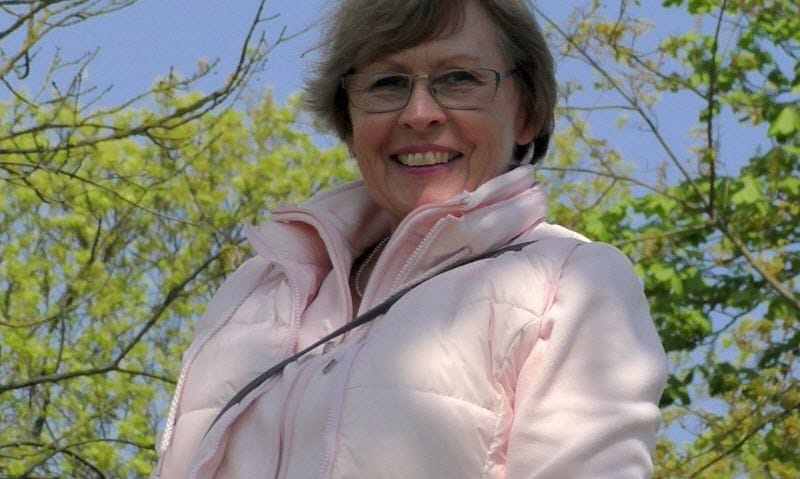
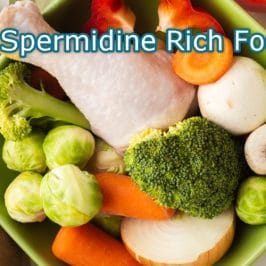
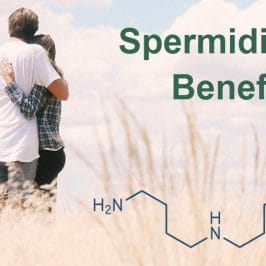
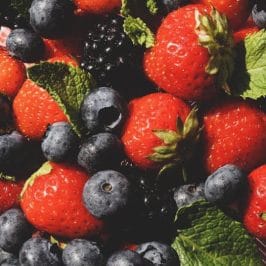
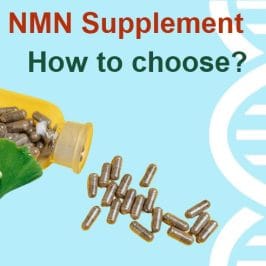
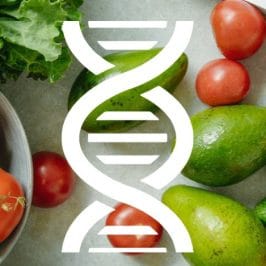

Leave a Reply